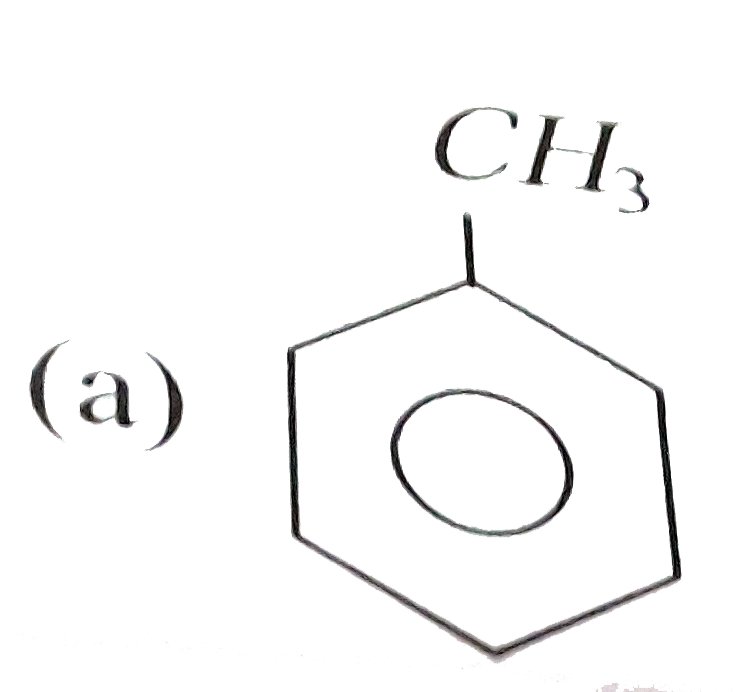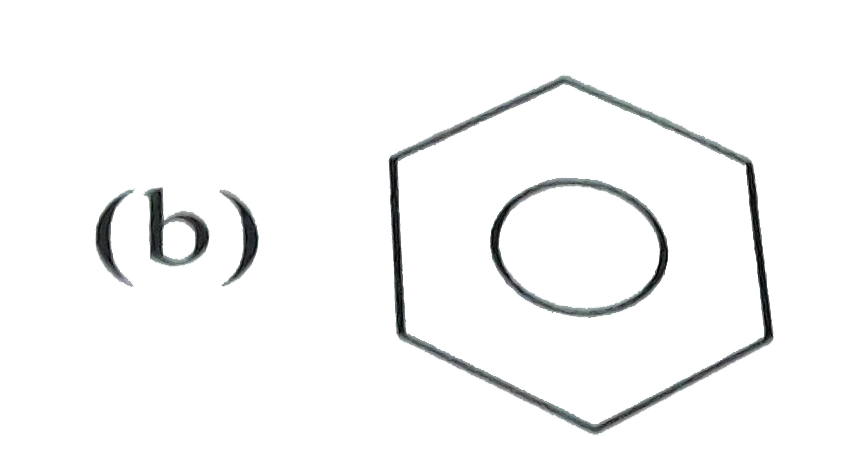Out of phenol and benzene, which can be more easily nitrated ?
The correct Answer is:Phenol
Step by step video, text & image solution for Out of phenol and benzene, which can be more easily nitrated ? by Chemistry experts to help you in doubts & scoring excellent marks in Class 12 exams.
Updated on:21/07/2023Topper's Solved these Questions
- ALCOHOLS AND PHENOLSBook:DINESH PUBLICATIONChapter:ALCOHOLS AND PHENOLSExercise:ASSIGNMENT
Explore 46 Videos
- ALCOHOLS AND PHENOLSBook:DINESH PUBLICATIONChapter:ALCOHOLS AND PHENOLSExercise:PHENOLS
Explore 34 Videos
- ALCOHOLS AND PHENOLSBook:DINESH PUBLICATIONChapter:ALCOHOLS AND PHENOLSExercise:PROBLEM
Explore 9 Videos
- ALDEHYDES AND KETONES Book:DINESH PUBLICATIONChapter:ALDEHYDES AND KETONES Exercise:Interger
Explore 5 Videos
Similar Questions
Nitration is an example of aromatic electrophilic substitution and its rate depends upon the group already present in the benzene ring. Out of benzene and phenol, which one is more easily nitrated and why ?
View SolutionNitration is an example of aromatic electrophilic substitution and its rate depends upon the group already present in the benzene ring. Out of benzene and phenol, which one is more easily nitrated and why ?
View Solution
Knowledge Check
Which of the following will be easily nitrated?
A B
B CCH3NO2DC6H5NO2
CCH3NO2DC6H5NO2Which of the following will be easily nitrated
A B
B CCH3NO2DC6H5NO2
CCH3NO2DC6H5NO2In the following question, out of the four alternatives, select the alternative which is the best substitute of the phrase.
That which can be easily believedAAssuranceBCredibleCObviousDHonorary
Nitration is an example of electrophilic substitution and its rate depends upon the group already present in the benzene ring. Out of benzene and phenol, which one is more easily nitrated and why?
View SolutionPhenol to Benzene
View SolutionOut of benzene and phenol which is more easily nitrated and why?
View SolutionOut of phenol and phenate ion, which is more resonance stabilised?
View SolutionOut of vinyl chloride and ethyl chloride which is more easily hydrolysed?
View Solution
